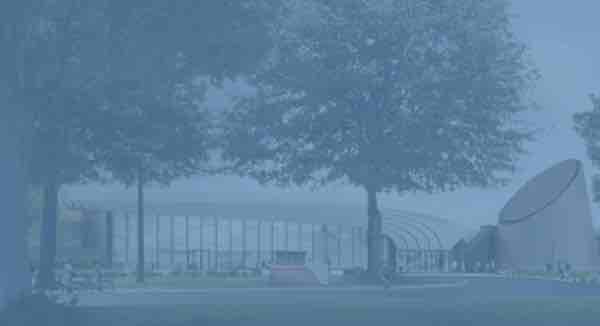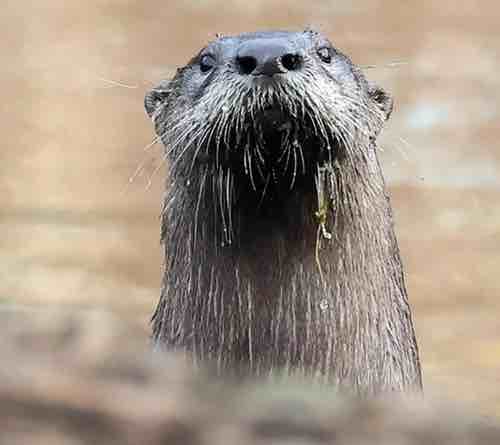
Natural history museums have come a long way since they featured dark exhibition halls lined with taxidermy animals and dioramas depicting what the landscape looked like in prehistoric times. And Cleveland Museum of Natural History, founded in 1920, wouldn’t be recognizable to the founders.
It has of course undergone location changes and expansions since 1920, including its move to its current site on Wade Oval in 1958. It added its Mueller Observatory (1960) and Shafran Planetarium (2002), expanding its scope beyond Planet Earth. But it’s just debuted some of the greatest changes in its history, as part of its Centennial Transformation Project, which began in mid 2021. The entire project is expected to be finished by 2024.
Starting Wednesday December 7, it’s debuting a host of changes, some of them amplifying its core mission of making science more alluring and accessible, while others are aimed at enhancing the visitor experience.
“Through the transformation and expansion of the museum, we are pioneering new ways for visitors to experience our irreplaceable collections, the groundbreaking work of world-renowned scientists, and dynamic educational programs that inspire awe and encourage curiosity,” says CMNH president/CEO Sonia Winner, whose enthusiastic weekly newsletter makes science sound exciting even to those who say “It was my worst subject in school.”

This week, on December 7 (when admission will be free for all), the museum is debuting its new and re-imagined areas. They include a redesigned Smead Discovery Center, creating more interactive experiences for children 7 and under, with diverse “activity stations” to engage them.
For all ages, the Murch Auditorium will be offering 3-D movies for the first time, starting with Superpower Dogs, about dogs who do rescue work, help special-needs people and even help save endangered species, and the sure-to-be popular Dinosaurs Alive! about every kid’s favorite science topic, following paleontologists as they search for traces of these intriguing beasts.
In addition, the Shafran Planetarium reopens with upgraded software and new seating, plus a new program, Unfolding the Universe, about NASA’s James Webb Space Telescope. And the new Corning Gallery will focus on exhibits that bring art and nature together, starting with the museum’s first-edition set of naturalist John James Audubon’s Birds of American and Andy Warhol’s Endangered Species portfolio of ten screenprints of animals such as an elephant, a rhinoceros and an orangutan. The museum will also introduce temporary exhibits on virtual reality flight simulation and the world’s smallest species, featuring insects from around the world.
Other upgrades and changes include the new Wade Oval entrance, an expanded education wing, the year-round Origins Café with indoor and outdoor seating and a new menu.
What won’t change? A couple of CMNH’s most beloved visitor attractions: its 18-foot long by eight-foot wind Stegosaurus sculpture Steggie, and of course the Perkins Wildlife Center & Woods Garden’s living animal residents: owls, falcons, eagles, foxes, bobcats, coyotes, porcupines, raccoons, skunks and its four adorable river otters.

For more information, including ticketing, scheduling and special events and programs, go to CMNH.org.